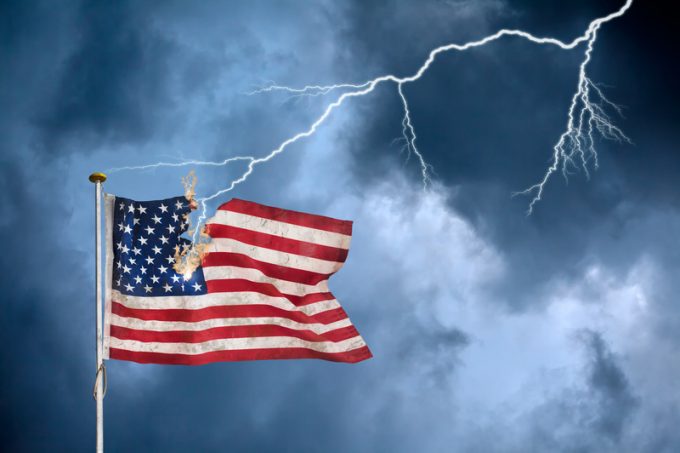UPS drama – a Premium back and forth on key bits and pieces
Network power
TFII: SOLID AS USUALMAERSK: WEAKENINGF: FALLING OFF A CLIFFAAPL: 'BOTTLENECK IN MAINLAND CHINA'AAPL: CHINA TRENDSDHL: GROWTH CAPEXR: ANOTHER SOLID DELIVERYMFT: HERE COMES THE FALLDSV: LOOK AT SCHENKER PERFORMANCEUPS: A WAVE OF DOWNGRADES DSV: BARGAIN BINKNX: EARNINGS OUTODFL: RISING AND FALLING AND THEN RISING
TFII: SOLID AS USUALMAERSK: WEAKENINGF: FALLING OFF A CLIFFAAPL: 'BOTTLENECK IN MAINLAND CHINA'AAPL: CHINA TRENDSDHL: GROWTH CAPEXR: ANOTHER SOLID DELIVERYMFT: HERE COMES THE FALLDSV: LOOK AT SCHENKER PERFORMANCEUPS: A WAVE OF DOWNGRADES DSV: BARGAIN BINKNX: EARNINGS OUTODFL: RISING AND FALLING AND THEN RISING

The US supply chain faces several challenges, including decreasing product demand, the war in Ukraine and rising inflation. However, a potential UPS strike – along with a chance that Yellow Freight goes insolvent – could create a perfect storm, with disastrous economic consequences.
UPS is the largest package delivery company in the world and it handles a significant portion of the freight traffic in the US. If UPS was to go on strike, it would immediately disrupt the delivery of goods to businesses and consumers nationwide.
Yellow Freight is a less-than-truckload (LTL) carrier the US federal government rescued with $700m as an emergency loan under the CARES Act. In exchange for the emergency loan, the Department of Treasury announced that US taxpayers would acquire a 29.6% equity stake in the company. Yellow Freight is a major player in the LTL market, and its bankruptcy would leave a significant void in the industry, with 30,000 lost jobs, US taxpayers at a loss and manufacturers without a significant trucking provider.
A UPS strike and Yellow Freight going bankrupt would create a “perfect storm” for the US supply chain. These two events would disrupt the flow of goods across the country, leading to shortages, price increases and delays.
The US economy is already facing several challenges, and disrupting the supply chain would only worsen things. This perfect storm, involving UPS and Yellow Freight, could devastate a portion of the economy, leading to job losses, business closures and higher consumer prices.
This potential work stoppage is not the first time a UPS strike has significantly impacted the US economy. In 1997, UPS workers went on strike for 10 days, and the impact was widespread. Freight forwarders and UPS competitors were overwhelmed with cargo as a result. While many freight forwarders experienced unsurpassed shipment volumes and profits during those ten days, most shippers returned to UPS after the strike was resolved. However, some retained a few UPS shippers as customers.
However, the air cargo industry has significantly changed in the 25 years since the last UPS work stoppage. Enhanced security regulations now require first-time airfreight shippers to be validated through the TSA Known Shipper Program, which can take time and delay their shipments.
These and other security requirements mean that if UPS workers were to go on strike today, the impact would be even more severe than in 1997. Businesses would have a more challenging time finding alternative ways to get their products to market, and consumers would be more likely to experience shortages and price increases.
What freight forwarders should be doing now
Freight forwarders play a critical role in the global supply chain and must prepare for the potential impact of a UPS strike and Yellow Freight bankruptcy. Here are some things that freight forwarders can do now to prepare their shippers:
By taking these steps, freight forwarders can help customers weather the storm and mitigate the impact of a UPS strike and Yellow Freight bankruptcy – both of which would have a severe impact on the US economy.
This article was written by Brandon Fried, executive director, Airforwarders Association
Comment on this article